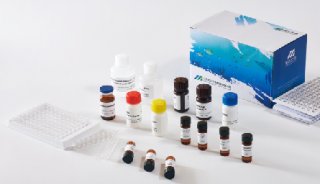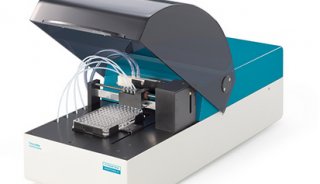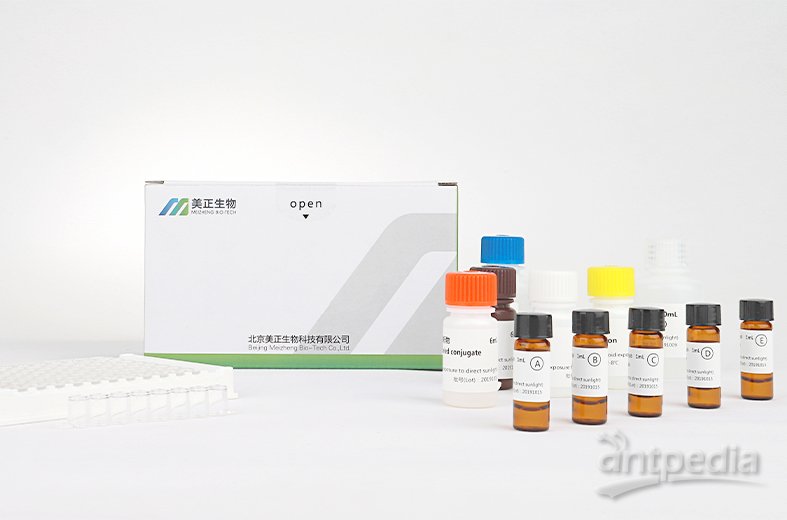Capture ELISA
实验概要
Capture ELISA (also known as "sandwich" ELISA) is a sensitive assay to quantitate picogram to microgram quantities of substances (such as hormones, cell signaling chemicals, infectious disease antigens and cytokines.). This type of ELISA design may be needed rather than a direct or indirect ELISA for several reasons. The substance to be analyzed may be too dilute to bind to the polystyrene microtiter plate (such as a protein in a cell culture supernatant) or does not bind well to plastics (such as a small organic molecule). It may be mixed with too many other substances to bind well to the plate, two Sigma kits that describe or utilize capture ELISA are the TNF-alpha kit and the Mouse Isotyping Reagents kit (Product No. ISO2).
主要试剂
1. Phosphate buffered saline (PBS): 10 mM phosphate buffer, pH 7.4, 150 mM NaCl tablet (Product No. P4417) and 0.1% sodium azide (Product No. S2002)
2. Carbonate-Bicarbonate buffer capsule, pH 9.6 (Product No. C3041)
3. Washing buffer (PBS-T): 10 mM phosphate buffer pH 7.4, 150 mM NaCl, 0.05% Tween 20 (Product No. P3563)
4. Substrate. Typically the most sensitive substrate is used (such as TMB or OPD if using peroxidase as the enzyme label).
5. Stop solution (optional)
主要设备
1. Microtiter plates
2. Microtiter plate reader
实验材料
1. Capture or coating antibody
2. Control antigen to be used for standard curve
3. Labeled detection antibody
实验步骤
Note: This is provided as a general protocol. Optimal dilutions for the capture antibody, samples, controls, and detecting antibodies as well as incubation times will need to be determined empirically and may require extensive titration. Ideally, one would use an enzyme-labeled detection antibody as described in this procedure. However, if the detection antibody is unlabeled, the secondary antibody cannot cross-react with either the coating antibody or the sample. The appropriate negative and positive controls should also be included.
1. Coating of capture antibody
1) Appropriately dilute the capture or coating antibody in carbonate-bicarbonate buffer or PBS. Capture antibodies are typically plated at 0.2 to 10 µg/ml. It is preferable to use affinity purified antibodies or at a minimum use an IgG fraction.
2) Pipette 0.2 ml of the diluted capture antibody to each well of a microtiter plate.
3) Incubate the plate (covered) for 1 hour at 37 °C.
4) Remove the coating solution. Wash the plate 3 times with washing buffer (PBS-T).
2. Application of control and samples
1) Add 0.2 ml of appropriately diluted samples and controls into the appropriate wells. Generally samples are diluted in PBS in the 10 ng-10 µg/well range (the more sensitive the assay, the less sample is required).
2) Incubate the plate at room temperature for 1 hour.
3) Remove the sample or control solution. Wash the plate 3 times with washing buffer (PBS-T).
3. Application of detection antibody
1) Dilute the enzyme-labeled detection antibody.
2) Pipette 0.2 ml of the appropriately diluted detection antibody to each well.
3) Incubate the plate at room temperature for 30 minutes.
4) Remove the detection antibody solution. Wash the plate 3 times with washing buffer (PBS-T).
5) Add the appropriate substrate solution.
6) Allow the plate to develop (typically 30 minutes) and add stop solution (optional).
7) Read the absorbance at the appropriate wavelength in a microplate reader.
References
1. Harlow, E. and Lane, D., Antibodies: A Laboratory Manual. Cold Spring Harbor Laboratory Press, (New York,1988), p. 579 (Product No. A2926)
2. Coligan, J.E. et al. (Eds), Current Protocols in Immunology. John Wiley & Sons, (New York, 1991), 2.1.10.
3. Crowther, J.R., Methods in Molecular Biology, Volume 42: ELISA, Theory and Practice, Humana Press, (New Jersey, 1995)
4. Desphande, S.S., Enzyme Immunoassays: From Concept to Product Development, Chapman & Hall, (New York, 1996) (Product No. Z370258)
5. Diamandis, E.P. and Christopoulos, T.K. (Eds.), Immunoassay, Academic Press, (New York, 1996) (Product No. Z373672)
6. Ferencik, M., Handbook of Immunochemistry, Chapman & Hall, (New York, 1993), p. 346-356
7. P. Tijssen, Laboratory Techniques in Biochemistry and Molecular Biology: Practice and Theory of Enzyme Immunoassay, Elsevier Science Publishers, (Amsterdam, The Netherlands, 1985)




















